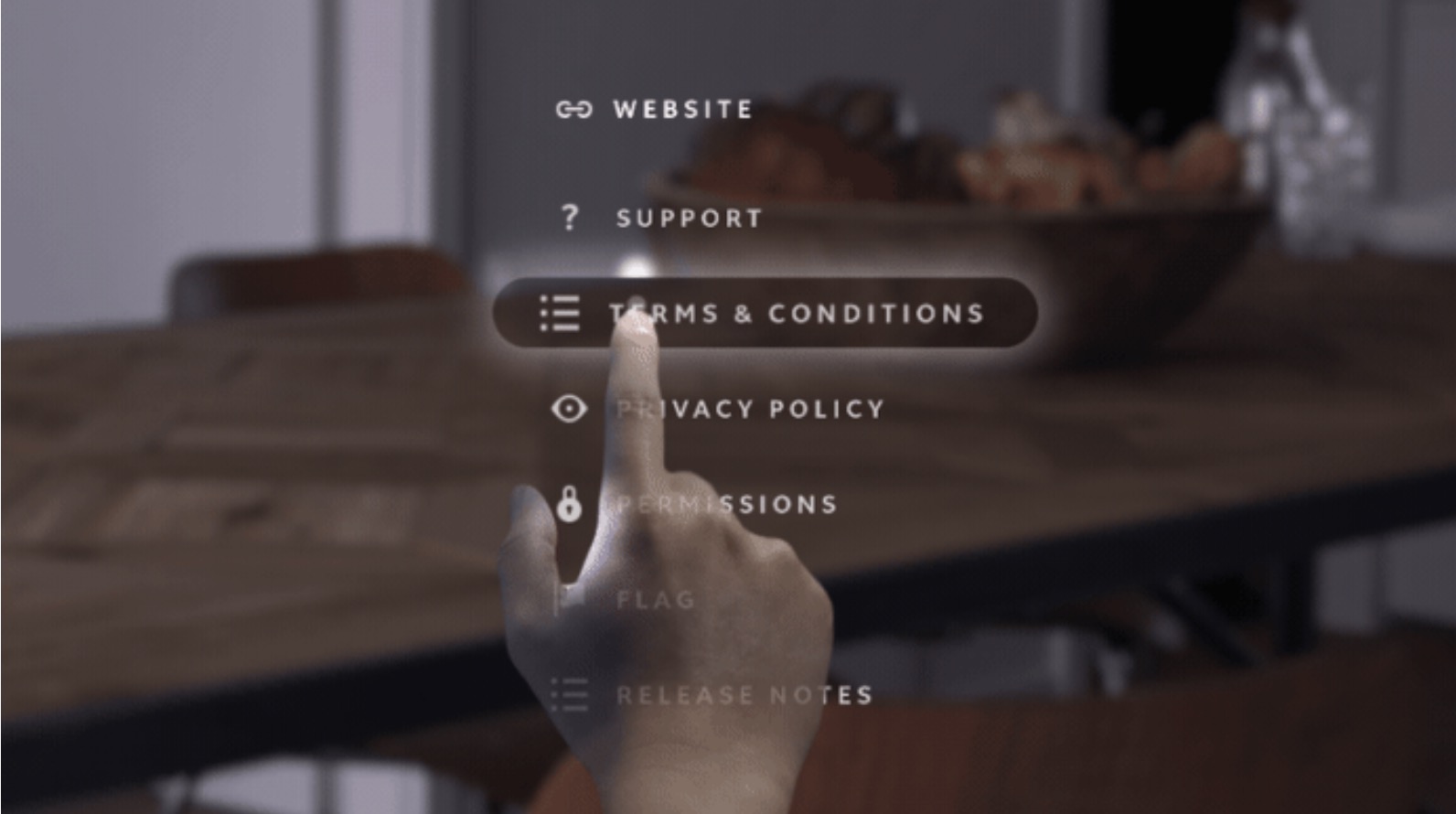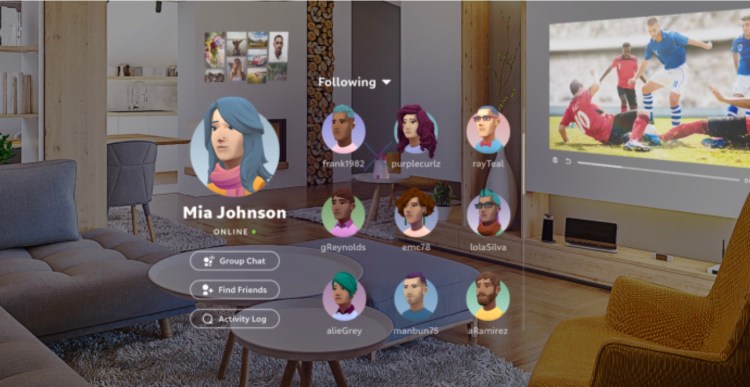Details on Magic Leap’s new spatial computing platform are continuing to trickle out as it comes closer to its summer deadline for shipping developer units. This week, we’re getting a first look at Magic Leap One’s 2D and 3D user interfaces, including Landscape and Immersive apps, which were found by TechCrunch in the company’s latest developer documentation.
Magic Leap describes Landscape as “the canvas for spatial computing in the real world” and the place where “users can customize their environment and create a seamless experience between the digital and physical world.” In essence, Landscape is Magic Leap’s version of a computer’s desktop, enabling the user to place and interact with multiple apps across a real space such as an office or living room.

Landscape overlays 2D or 3D surfaces called “prisms” on top of the real world, with each 2D prism displaying text, icons, and objects in ways that will instantly look familiar to users of Windows or Apple devices. A Home screen has circular Apple Watch-like icons below a Wi-Fi, clock, and battery bar, while a sample media gallery runs nicely spaced columns of photos together under a dateline.

One critical difference between Landscape prisms and other computers’ menus is Magic Leap’s lack of background graphics — everything just floats in front of your eyes as needed. However, just like virtually every current computing platform, the company has opted for boldly cartoony icons rather than photorealistic ones, quite possibly to contrast with the real-world surroundings they’ll constantly be visually overlapping.
You can also display multiple prisms at once, equivalent to multitasking on a computer. A sample image shows a 2D video prism on one wall of a room, and a 2D media gallery on another wall, enabling empty wall spaces to appear as if they’re displaying a big-screen TV and photo collection. In the middle of the same room, a 3D prism called Learning Tree places a realistic-looking pink tree on top of a table. The prisms are capable of persisting in the real-world locations where you’ve placed them, even if Magic Leap One is turned off and on again, as well as being shared with other users.

Magic Leap’s 3D prisms range from cartoony to nearly photorealistic. In mid-July, the company showed off Dodge, an app demo featuring a highly artificial-looking golem that tosses rocks at you from a living room or sofa. By comparison, the Learning Tree looks as if it could be an actual educational toy, albeit a completely digital one that doesn’t actually need to be cluttering up your living space.
While Landscape apps are designed to be run together, a separate class of Immersive apps will automatically “hide any running Landscape Apps and then take over the full view of the device and the space you are in.” Immersive apps — including games, museum apps, and “advanced productivity apps” — are built using a 3D engine such as Unreal or Unity, and have their own interfaces. Magic Leap tells developers considering either Landscape or Immersive apps to go with the latter only when an app really demands a singular focus, the entire environment, and/or unique controls or interactions for success.

The company also revealed some seemingly basic OS screens, including a fairly standard-looking and decidedly flat 2D keyboard, as well as a floating 2D list of menu options that can be selected with your unassisted fingertips. This functionality is powered by inside-out tracking found within the Magic Leap One headset.

These screens are most interesting in that Magic Leap opted for displays that look like what one might see on a TV screen, rather than trying to create a realistic 3D model of a keyboard or a depth-sensitive list. Instead, Magic Leap notes that it’s including support for actual Bluetooth keyboards so that developers can pair the benefits of a real-world typing surface with the display advantages of the mixed reality headset.

